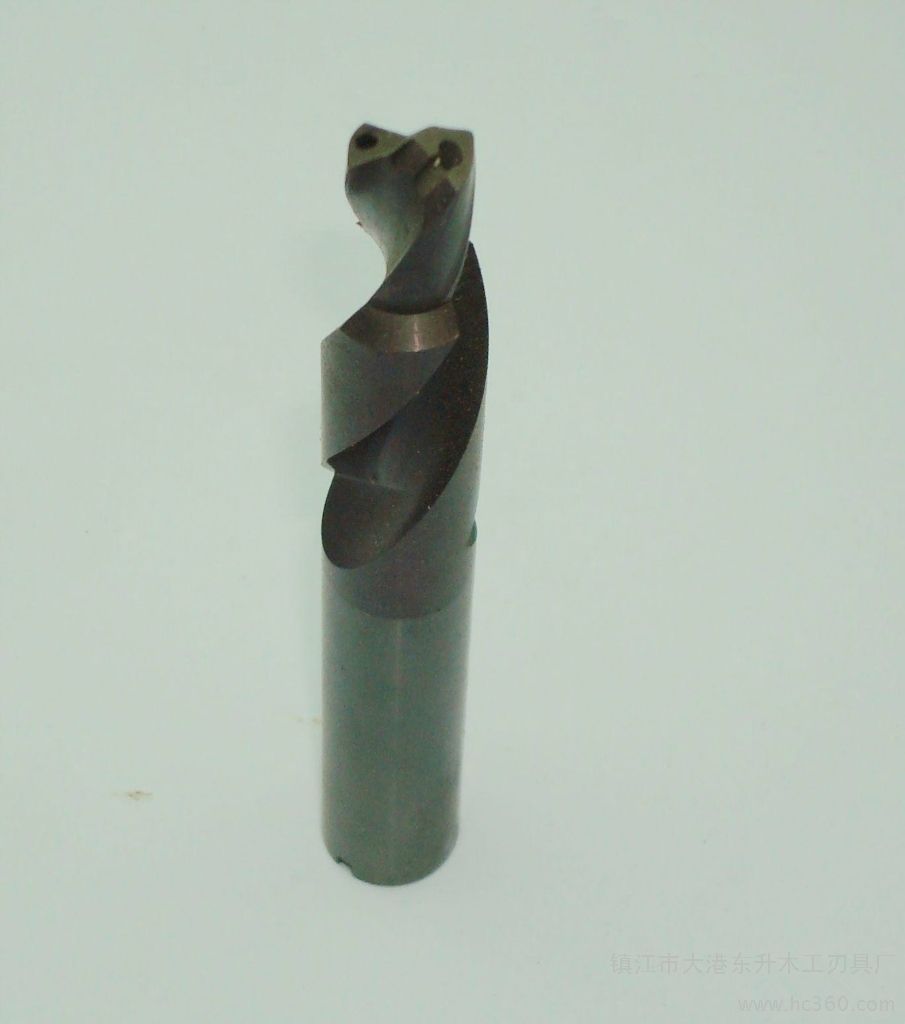What are the causes of chip accretion on NC tools?
Desquamation
1) causes
In the part close to the cutting edge, the chip bottom metal is embedded in the micro uneven peak valley on the front cutter surface due to the large down pressure, which forms a seamless metal to metal touch, which is called the bonding area.
In the bonding zone, there will be a thin layer of metal data accumulated on the rake face at the bottom of the chip. The metal data of this part of the chip is severely deformed and strengthened at the appropriate cutting temperature. With the continuous outflow of chips and the push of subsequent cutting activities, this layer of hysteresis data will slide away from the upper layer of the chip and become the root of the chip accumulation. After that, two layers of hysteresis cutting data will be formed on it. Thus, the continuous accumulation will form a chip accretion.

2) characteristics and influence on cutting
(1) the hardness is 1.5 ~ 2.0 times higher than the workpiece data, which can replace the rake face for cutting, and has the effect of protecting the cutting edge and reducing the wear of the rake face. However, when the debris falls off, the debris flowing through the tool workpiece contact area will cause tool flank wear.
(2) the rake angle of the tool increased significantly after the chip accretion, which played a positive role in reducing the chip deformation and cutting force.
(3) due to the chip accumulation protruding out of the cutting edge, the actual cutting depth is increased and the dimensional accuracy of the workpiece is affected.
(4) chip accretion will cause "furrow" on the surface of the workpiece, which will affect the surface roughness of the workpiece. ⑤ The chip will be stuck or embedded in the surface of the workpiece, resulting in hard spots, affecting the quality of the machined surface of the workpiece.
From the above analysis, it can be seen that the accumulation of chip is harmful to cutting, especially to finishing.
3) control measures
In order to prevent the formation of chip accretion, the following measures can be taken.
Reduce the roughness of rake face.
2. Increase the rake angle of the tool.
(3) reduce the cutting thickness.
(4) choose low-speed cutting or high-speed cutting to avoid the cutting speed which is easy to form chip accretion.
(5) proper heat treatment should be carried out to improve the hardness and reduce the plasticity of the workpiece.
(6) select cutting fluid with good anti sticking property (such as sulfur and chlorine extreme pressure cutting fluid)
Source: Zhongshan CNC tool http://yaoclub.cn
-
10-12
What are the causes of chip accretion on NC tools?
The reason is that the chip bottom metal is embedded in the micro uneven peak valley on the front cutter surface due to the large down pressure in the part close to the cutting edge, forming a gap free metal to metal touch, which is called the bonding area. In the bonding zone, there will be a thin layer of metal data accumulated on the rake face at the bottom of the chip. The metal data of this part of the chip is severely deformed and strengthened at the appropriate cutting temperature. With t
-
10-12
What are the wear types of tungsten steel milling cutters?
Abrasive wear machining materials often have some very hard particles, these particles will form grooves on the surface of the tool, which is the grinding loss. All surfaces are worn, especially the rake face. In addition, although the wear of hemp occurs at various cutting speeds, the wear caused by other reasons is not obvious due to the low cutting temperature at low cutting speed, so it is mainly the abrasion of abrasive materials. The lower the tool hardness is, the more serious the grindin